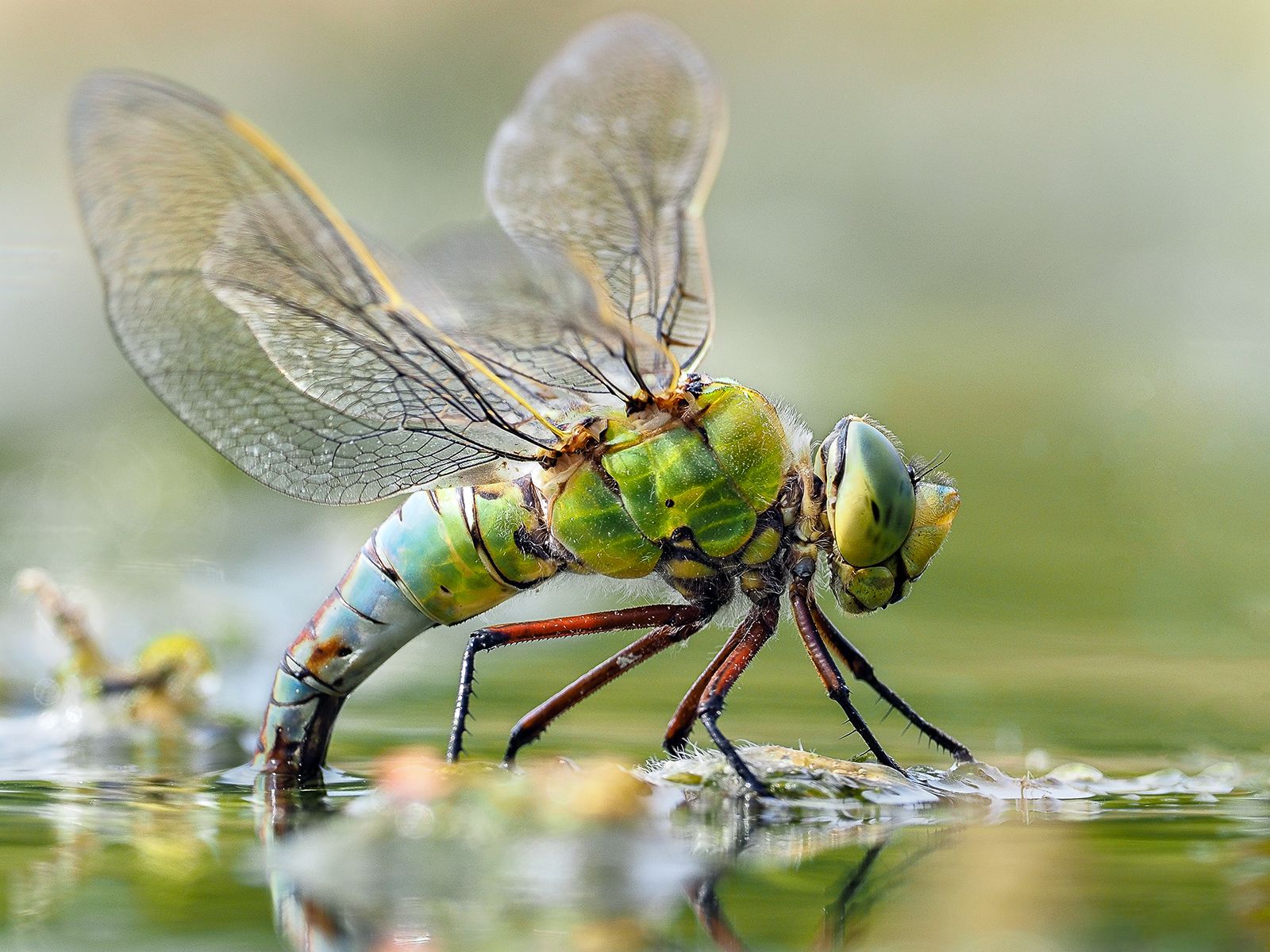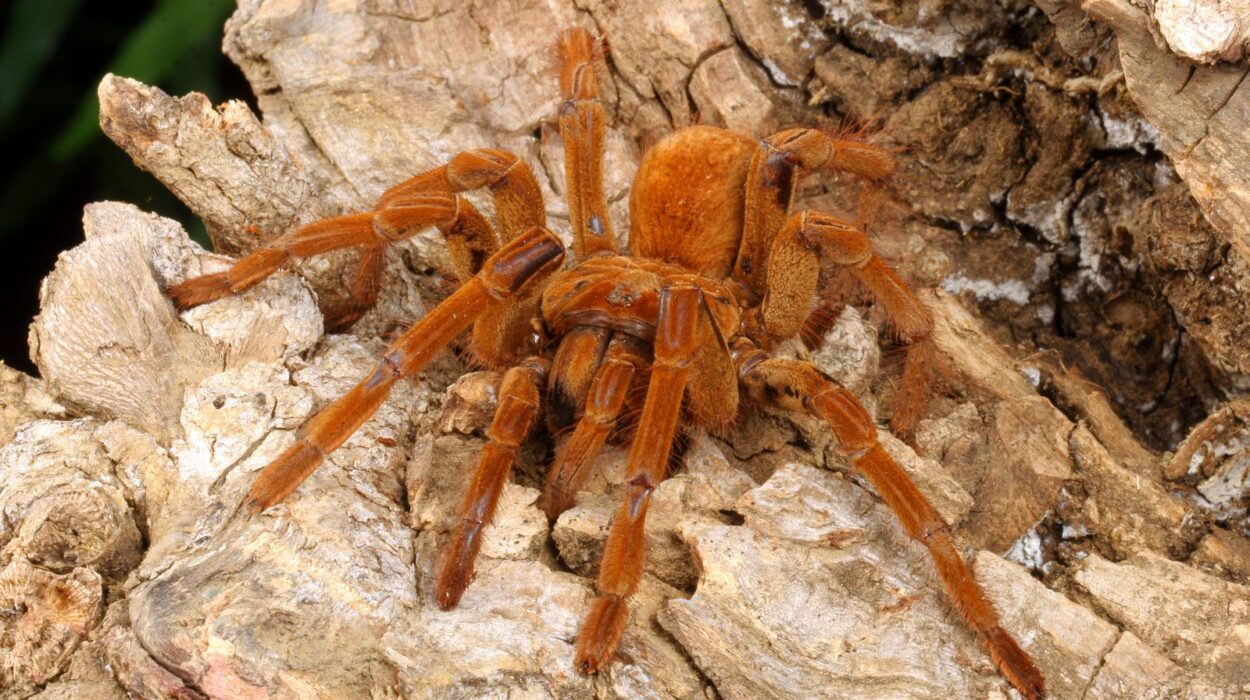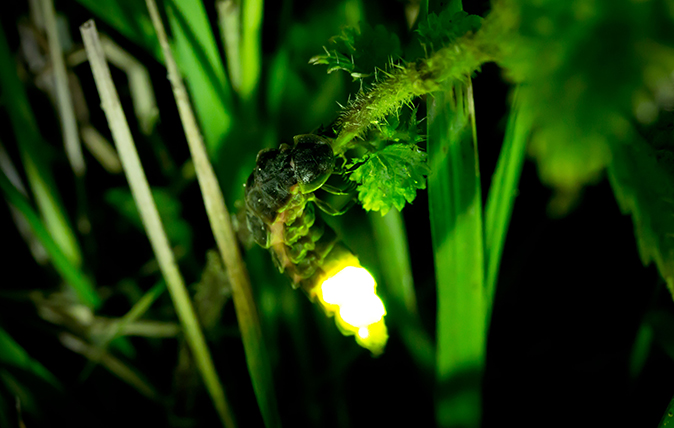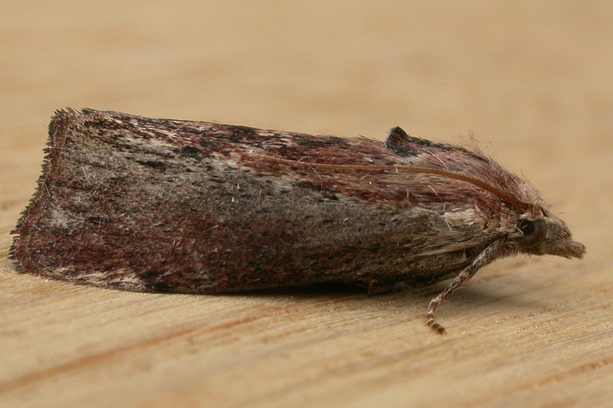Speed is one of nature’s most thrilling expressions of survival. When we think of speed, our minds jump to cheetahs sprinting across savannas or falcons diving through the air. But beneath our feet and among the leaves exists another world—a world of tiny, winged, six-legged creatures whose speed defies imagination. Insects, though often small, are among the most efficient and agile speedsters on Earth.
Their speed isn’t just about running or flying fast—it’s about reacting faster than almost any animal alive. Whether it’s a dragonfly slicing through the air in pursuit of prey, a tiger beetle chasing down its next meal, or a horsefly darting past like a tiny missile, speed is life in the insect world.
Let’s journey through this world of miniature rockets and explore the ten fastest insects ever recorded—each a masterpiece of evolution, built for pursuit, escape, or survival.
1. Dragonfly – The Aerial Predator That Rules the Skies
When it comes to aerial supremacy, the dragonfly is king. Sleek, fierce, and precise, dragonflies are the fastest flying insects in the world, reaching speeds of up to 35 miles per hour (56 km/h). Some large species, like the Southern Giant Darner (Austrophlebia costalis), have been observed flying at speeds approaching this incredible mark.
Dragonflies are ancient creatures—fossils reveal their ancestors darted through prehistoric skies over 300 million years ago, long before dinosaurs. Their flight ability is so advanced that modern engineers still study their wing mechanics for drone design.
A dragonfly’s speed isn’t just about raw power—it’s about mastery of control. Each of their four wings can move independently, allowing them to hover like helicopters, fly backward, sideways, or pivot in midair. They can spot and intercept prey in flight with deadly accuracy, calculating intercept trajectories faster than most fighter jets.
When a dragonfly hunts, it locks its compound eyes—made up of nearly 30,000 lenses—on its target. In milliseconds, it predicts where its prey will be, not where it is. Then, with a rapid burst, it strikes, capturing mosquitoes, flies, and even other dragonflies with near-perfect success.
Their speed is not reckless—it is intelligent, purposeful, and almost mathematical. The dragonfly is nature’s fighter pilot, living proof that evolution can produce both beauty and ballistic precision in the same wings.
2. Tiger Beetle – The Lightning Runner of the Ground
If the dragonfly rules the skies, the tiger beetle dominates the earth. Clocked at speeds of up to 5.6 miles per hour (9 km/h), this might not sound impressive compared to human speed—until you realize the tiger beetle is barely 2 centimeters long.
Scaled up to human size, that’s equivalent to running over 480 miles per hour (770 km/h)—faster than the speed of sound.
Tiger beetles are fierce hunters. Their large eyes and powerful jaws make them terrifying predators in miniature form. They chase down prey relentlessly, using speed as both a weapon and a shield.
What’s fascinating is that tiger beetles are literally too fast for their own eyes. When sprinting at full speed, their visual system can’t process images quickly enough, so they go blind mid-run. To compensate, they sprint in short bursts—run, stop, see, run again—like a living strobe light.
Their speed is powered by specialized leg muscles and efficient respiratory systems that deliver oxygen rapidly to their tissues. Every motion is pure efficiency. The tiger beetle is not just fast—it is a living lesson in biological engineering, where even blindness cannot slow down determination.
3. Horsefly – The Jet of the Insect World
Among flying insects, the horsefly stands out as a muscular powerhouse. These relentless biters can reach speeds of up to 90 miles per hour (145 km/h) in short bursts, making them one of the fastest flying insects ever measured.
Horseflies are built for power flight. Their wings are driven by some of the strongest muscles in the insect kingdom, allowing them to accelerate almost instantly. They are known for their ability to pursue moving targets—like horses, deer, or humans—with relentless precision.
Their speed serves both offensive and defensive purposes. A female horsefly (the one that bites) needs blood to nourish her eggs, and her speed ensures she can chase down prey that tries to flee.
In flight, horseflies can change direction abruptly, hover for moments, or zip off in a flash. Scientists studying their wing beats found they generate lift far more efficiently than expected, allowing them to sustain high speeds without exhausting energy too quickly.
To witness a horsefly in motion is to see biological aerodynamics perfected. It’s a blur of fury and instinct—proof that even among tiny creatures, speed is a matter of life and reproduction.
4. Desert Locust – The Relentless Migrant
When the desert locust takes to the skies, it becomes part of one of nature’s most dramatic spectacles. Swarming locusts can travel at speeds up to 21 miles per hour (33 km/h), and when multiplied by millions, their collective force can darken the skies and devastate entire ecosystems.
Individually, a locust is a strong flier. But it’s in the swarm that its speed becomes terrifying. Propelled by synchronized wingbeats and wind currents, these insects can travel over 90 miles (150 km) in a single day.
Their speed isn’t driven by predation but by survival and migration. In times of drought, they fly long distances in search of food, guided by environmental cues and group cohesion.
Scientists studying locust flight found their wings beat up to 20 times per second, balancing lift and endurance. Their muscular thoraxes are perfectly designed for sustained power.
The desert locust’s speed, when combined with its swarming behavior, makes it one of the most impactful fast movers in nature—proof that velocity, in numbers, becomes a storm.
5. Housefly – The Acrobat of Everyday Life
The common housefly might seem unimpressive, but it’s a marvel of aerial agility. With speeds up to 5 miles per hour (8 km/h) and reaction times measured in milliseconds, houseflies can outmaneuver nearly any predator—including us.
Their secret isn’t just wing speed—it’s processing speed. Flies perceive time about seven times faster than humans, giving them what scientists call “hypervision.” To a fly, your slow hand swat looks like a glacier moving through molasses.
Their wings beat about 200 times per second, and their halteres (small, club-like organs behind the wings) act as gyroscopes, allowing instant flight corrections. A fly can take off backward, sideways, or upside-down in a blink.
Flies are also capable of astonishing acrobatics. They can perform midair rolls, spirals, and even hover for precise landings. Though small, their mastery of motion makes them some of the fastest-reacting organisms on Earth.
In the world of insects, speed isn’t just about how far you go—it’s about how fast you think while moving. And in that realm, the humble housefly is a genius.
6. Hawkmoth – The Hummingbird of the Night
The hawkmoth is a nocturnal marvel, capable of flying at speeds of 33 miles per hour (54 km/h). Often mistaken for hummingbirds due to their hovering flight and long proboscis, these moths are some of the strongest fliers among all insects.
Their wings beat 80 times per second, allowing them to hover perfectly while feeding from flowers under moonlight. Some species, like the Sphinx Moth (Manduca sexta), have even been observed flying backward.
What sets them apart is their endurance. Hawkmoths can sustain high-speed flight for long distances, navigating dark landscapes using scent and faint light.
Their flight muscles operate at extraordinary efficiency, powered by rapid oxygen delivery and heat regulation. In fact, they warm their flight muscles before takeoff—like athletes stretching before a sprint.
In the still of night, the hawkmoth’s wings whisper like silk. They are symbols of silent speed—power wrapped in grace.
7. Cicada – The Sonic Sprinter
Cicadas are famous for their deafening songs, but few realize that some species are also powerful fliers. The Giant Cicada (Megapomponia imperatoria), one of the largest species, can reach speeds of up to 18 miles per hour (29 km/h).
Cicadas spend most of their lives underground, only to emerge, mate, and die within weeks. But during that brief time, their flight is frantic and fast. Their wings, powered by immense thoracic muscles, beat rapidly enough to generate significant thrust.
Their aerodynamic design allows quick bursts of escape flight—essential for avoiding birds and other predators. Though they may not sustain speed like dragonflies or moths, their acceleration is astonishing.
Their sound-producing organs, called tymbals, vibrate while they fly, creating that characteristic buzzing hum. In the air, they seem to merge sound and speed, turning flight into a kind of living music.
8. Deer Botfly – The Rocket Parasite
Perhaps the most horrifying and fascinating entry on this list is the Deer Botfly (Cephenemyia pratti). With estimated speeds reaching 50 miles per hour (80 km/h), it is often cited as one of the fastest flying insects known.
Botflies are parasites, laying eggs on the skin or in the nostrils of mammals like deer. To accomplish this, they must be blindingly fast—able to approach, deposit eggs, and escape before the host can react.
Their bodies are compact, and their wings are broad and powerful, allowing them to accelerate almost instantaneously. Unlike most flies, botflies don’t feed as adults; their sole mission is reproduction, and speed is their evolutionary weapon.
Entomologists still debate their exact top speed, but anecdotal and experimental observations confirm their incredible velocity. If scaled to human proportions, the Deer Botfly would rival a supersonic jet in acceleration.
They are, quite literally, nature’s rockets—fast, efficient, and disturbingly precise.
9. Horse Guard Wasp – The Silent Pursuer
The Horse Guard Wasp (Stictia carolina) may not have the fame of dragonflies or beetles, but it’s a predator built for speed and grace. Flying at speeds of around 25 miles per hour (40 km/h), it hunts horseflies—yes, those same 90-mph speed demons—and catches them in midair.
To achieve this, it relies on rapid wingbeats, strong visual tracking, and lightning reflexes. Its compound eyes lock onto targets moving faster than most other insects can perceive.
Once it seizes its prey, it paralyzes it with a sting and carries it off to feed its larvae. This act of aerial hunting—wasp versus horsefly—is one of the most extraordinary demonstrations of speed in nature.
The Horse Guard Wasp’s efficiency has even made it a natural ally to livestock farmers, reducing horsefly populations without chemicals. It’s both a hunter and a guardian, embodying the balance of speed and purpose.
10. American Cockroach – The Speed Demon of the Shadows
Unsettling yet impressive, the American Cockroach (Periplaneta americana) is one of the fastest land insects, capable of running 3.4 miles per hour (5.5 km/h). Scaled to human size, that’s like sprinting over 200 miles per hour (320 km/h).
Cockroaches achieve this speed with incredibly synchronized leg movements. Their nervous systems are wired for instant reaction—within 40 milliseconds of detecting danger, they’re already in motion.
Even more astonishing, they can run on two legs—lifting their front limbs off the ground to reduce drag. This bipedal sprint allows them to dart across surfaces almost faster than the eye can track.
Speed, for the cockroach, is pure survival. It allows them to escape predators, avoid light, and vanish into cracks before danger even registers. Their speed, though unsettling in our kitchens, is a marvel of natural evolution.
The Science of Insect Speed
Speed in insects is not a singular trait—it’s a complex combination of muscle physiology, neural efficiency, and wing or leg design. Unlike mammals, insects rely on indirect flight muscles, which don’t attach directly to the wings. Instead, these muscles flex the thorax, causing the wings to beat rapidly—sometimes hundreds of times per second.
Their reaction times are driven by fast synaptic signaling, allowing them to perceive danger or opportunity almost instantaneously. Their small size also gives them a massive advantage: less mass means less inertia, allowing for quicker acceleration and tighter maneuvering.
For running insects like tiger beetles and cockroaches, leg structure plays a crucial role. Their limbs act like springs, storing and releasing energy efficiently. Combined with lightweight exoskeletons and rapid oxygen delivery systems, they become machines of speed and precision.
Speed as Survival
In the insect world, speed is life. It determines who eats and who survives another day. Dragonflies use speed to hunt. Locusts use it to migrate. Horseflies use it to feed. Even the humble cockroach uses it to live another night in the shadows.
Speed also defines their evolutionary success. For every fast insect, there’s a story of adaptation—of life forms sculpted by millions of years of challenge, competition, and change.
The Final Flutter
When you watch a dragonfly shimmer across a pond or a fly evade your hand, you are witnessing perfection in motion—a harmony of physics, biology, and instinct that few other creatures achieve.
These insects remind us that greatness doesn’t depend on size. In the smallest wings and tiniest legs, nature has woven the poetry of motion, the pulse of speed, and the art of survival.
The next time a fly buzzes past your ear or a beetle flashes across the ground, remember: you are in the presence of nature’s fastest athletes—living engines of evolution that, even at a fraction of our size, move with a grace and power that humbles the human eye.






